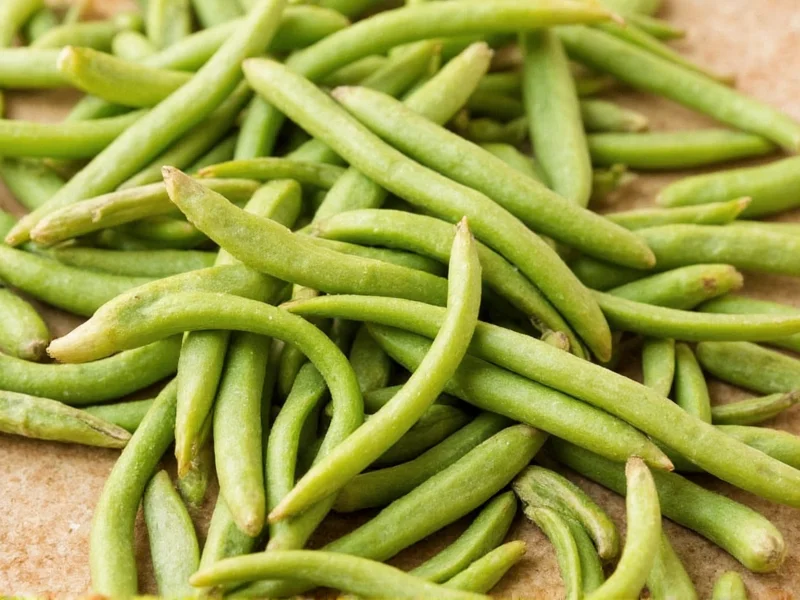Understanding cardamom color is essential for both culinary professionals and home cooks seeking authentic flavors. This comprehensive guide explores how color variations reflect cardamom's botanical characteristics, processing methods, and quality indicators—information that directly impacts your cooking results and purchasing decisions.
Natural Color Variations in Cardamom Types
Cardamom exists primarily in two distinct varieties, each with characteristic color profiles that serve as immediate visual identifiers:
Green Cardamom: The Vibrant Standard
True green cardamom (Elettaria cardamomum) maintains a distinctive light to medium green hue when properly processed and fresh. The ideal green cardamom pod displays a uniform, bright green color without yellowing or browning. This vibrant green appearance results from minimal processing—typically air-drying rather than smoking—which preserves both color and the delicate, citrusy flavor profile.
When evaluating green cardamom quality by color, look for:
- Consistent medium green throughout the pod
- No yellow or brown discoloration (indicates age or improper storage)
- Slight translucency that reveals the black seeds inside
- Matte rather than glossy finish (excessive shine may indicate chemical treatment)
Black Cardamom: The Smoky Counterpart
Black cardamom (Amomum subulatum or related species) naturally develops a dark brown to nearly black appearance through traditional open-fire smoking. Unlike green cardamom, black cardamom's dark color isn't its natural state but rather the result of this specific drying process that imparts its characteristic smoky flavor.
Authentic black cardamom should display:
- Deep brown to black outer pods
- Consistent color without patchy discoloration
- Visible smoke residue on the pod surface
- Brown (not black) interior seeds when cracked open
| Cardamom Type | Natural Color Range | Color Indicates | Common Color Issues |
|---|---|---|---|
| Green Cardamom | Light to medium green | Freshness, minimal processing | Yellowing (age), browning (moisture damage) |
| Black Cardamom | Dark brown to black | Smoking process completeness | Uneven color (inconsistent smoking), excessive ash |
How Color Relates to Cardamom Quality
The color of cardamom serves as a reliable quality indicator that experienced chefs and spice traders use to assess value. Understanding these visual cues helps you select the best cardamom for your culinary needs.
Green Cardamom Color Quality Assessment
Fresh, high-quality green cardamom maintains its vibrant green color because the pods were harvested at peak maturity and dried carefully without excessive heat. As green cardamom ages or suffers from poor storage conditions, the chlorophyll breaks down, causing the pods to turn yellowish or brown. This color change directly correlates with flavor degradation—the more yellow or brown the pods become, the less intense and complex the flavor.
When shopping for green cardamom, avoid pods with:
- Yellow or brown spots (indicates moisture exposure)
- Excessively pale color (may be underripe)
- Shiny appearance (could indicate chemical bleaching)
Black Cardamom Color Interpretation
For black cardamom, the depth and consistency of color reveal how thoroughly the pods were smoked. Properly smoked black cardamom develops a uniform dark brown to black exterior while retaining brown (not black) seeds inside. Inconsistent coloration often indicates uneven smoking, which creates flavor imbalances in your dishes.
Be cautious of black cardamom that appears:
- Completely black inside and out (over-smoked, bitter flavor)
- Light brown in patches (under-smoked, lacks characteristic smokiness)
- With excessive white ash residue (poor cleaning after smoking)
Factors That Affect Cardamom Color
Several elements influence cardamom's appearance, some natural and others indicating potential quality issues:
Natural Color Variations by Growing Region
Cardamom grown in different regions naturally exhibits slight color variations. Indian Malabar cardamom typically shows a deeper green than Sri Lankan varieties, while Nepalese black cardamom often has a richer brown hue compared to Chinese versions. These regional differences don't necessarily indicate quality differences but rather reflect growing conditions and subspecies variations.
Processing Methods and Color Impact
The processing technique significantly affects final color:
- Air-dried green cardamom retains vibrant color
- Sun-dried cardamom may fade to yellow-green
- Mechanically dried cardamom sometimes develops uneven coloring
- Black cardamom's darkness depends on smoking duration and wood type
Storage Conditions and Color Degradation
Exposure to light, air, and moisture causes cardamom to lose its characteristic color over time. Properly stored in airtight containers away from light, green cardamom maintains its color for 6-12 months. Black cardamom's color remains more stable due to the smoking process but still degrades with prolonged exposure to humidity.
Practical Applications of Cardamom Color Knowledge
Understanding cardamom color differences directly impacts your cooking results and purchasing decisions:
Culinary Implications of Color Variations
The color of your cardamom directly influences both flavor profile and visual presentation in dishes. Green cardamom's vibrant color makes it ideal for light-colored preparations like Scandinavian pastries, Indian kheer, or Middle Eastern rice dishes where visual appeal matters. Black cardamom's dark color can discolor light dishes, so chefs typically use it in darker preparations like Indian curries, Chinese braises, or hearty stews where its smoky flavor complements other robust ingredients.
How to Store Cardamom to Preserve Color
To maintain cardamom's natural color and flavor:
- Store whole pods in airtight containers away from light
- Keep in a cool, dark place (not the refrigerator where moisture accumulates)
- Buy smaller quantities more frequently for optimal freshness
- Consider freezing whole pods for long-term storage (thaw before use)
Identifying Adulterated Cardamom by Color
Unscrupulous sellers sometimes alter cardamom color to make older stock appear fresher. Be wary of green cardamom that appears unnaturally bright (may be chemically treated) or black cardamom with inconsistent coloring (may be mixed grades). Authentic cardamom shows natural variation between pods rather than uniform, artificial-looking color.











 浙公网安备
33010002000092号
浙公网安备
33010002000092号 浙B2-20120091-4
浙B2-20120091-4